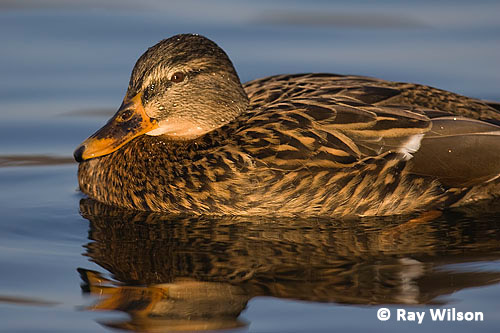
Mallard
Anas platyrhynchos

Male - Lancashire, England - October 2007
Mallards are common throughout the northern hemisphere where they inhabit practically any stretch of water, no matter how small.

Male - Nottinghamshire, England - April 2010
It is a very adaptable species, and readily takes up residency in urban areas such as village ponds and public parks. Probably because of this, it was easily domesticated and is the ancestral species of most domestic duck breeds present today.

Male - Nottinghamshire, England - October 2011

Male - Nottinghamshire, England - October 2011

Male - Nottinghamshire, England - February 2012

Male - Nottinghamshire, England - March 2013

Male - Lancashire, England - December 2007

Male - Lancashire, England - April 2007

Male - Lancashire, England - November 2008
After the breeding season is over, the males moult into a temporary female-like eclipse plumage. The drab plumage allows them to be less obtrusive during the period when the flight feathers are being replaced.
eclipse-plumage male - Vancouver Island, British Columbia, Canada - September 2011

Female - Nottinghamshire, England - February 2012

Female - Nottinghamshire, England - March 2013

Female - Nottinghamshire, England - March 2013

Female - Lancashire, England - October 2007

Female - Lothian, Scotland - January 2006

Female - Norfolk, England - September 2003

female - Nottinghamshire, England - October 2011

female - Nottinghamshire, England - October 2011
Chick - Lancashire, England - April 2003

Chick - Lancashire, England - April 2003
The Mallard is an aggressive species and in places where it has been introduced by man, it often hybridises with closely-related native species. In New Zealand it has cross-bred extensively with the native Pacific Duck and there are now very few areas where pure Pacific Ducks remain within New Zealand.

Mallard x Pacific Duck hybrid - Rotorua, New Zealand - November 2005
Ray Wilson owns the copyright of all images on this site.
They may not be used or copied in any form without prior written permission.
raywilsonphotography@googlemail.com

